Gallery
Photos from events, contest for the best costume, videos from master classes.
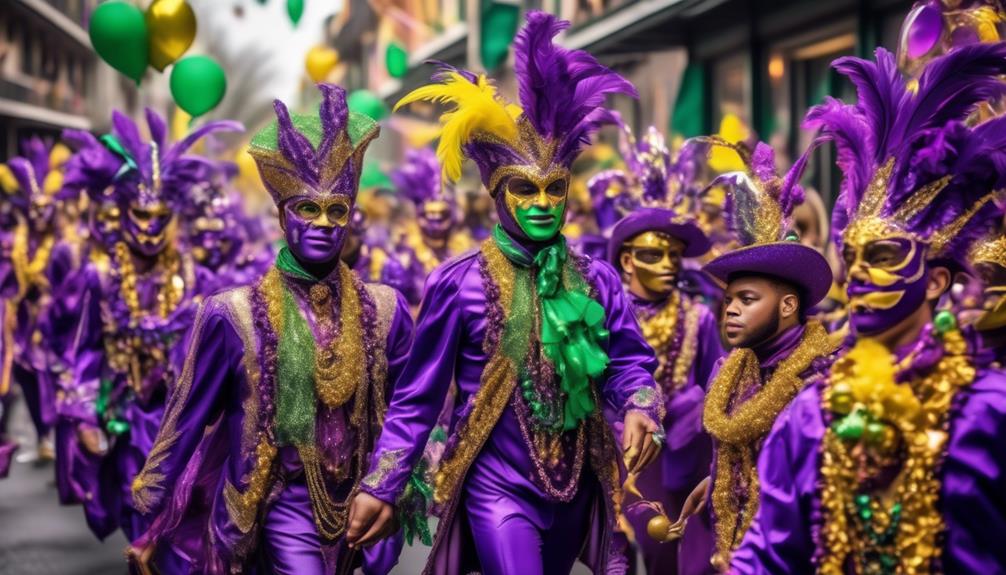 | 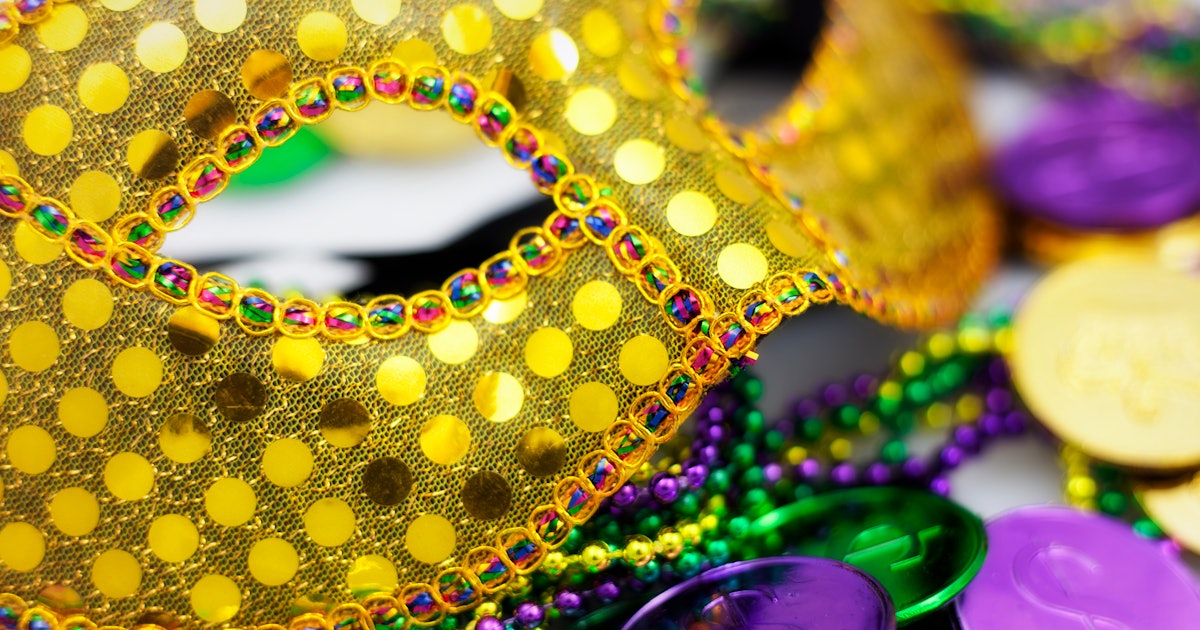 |
 | 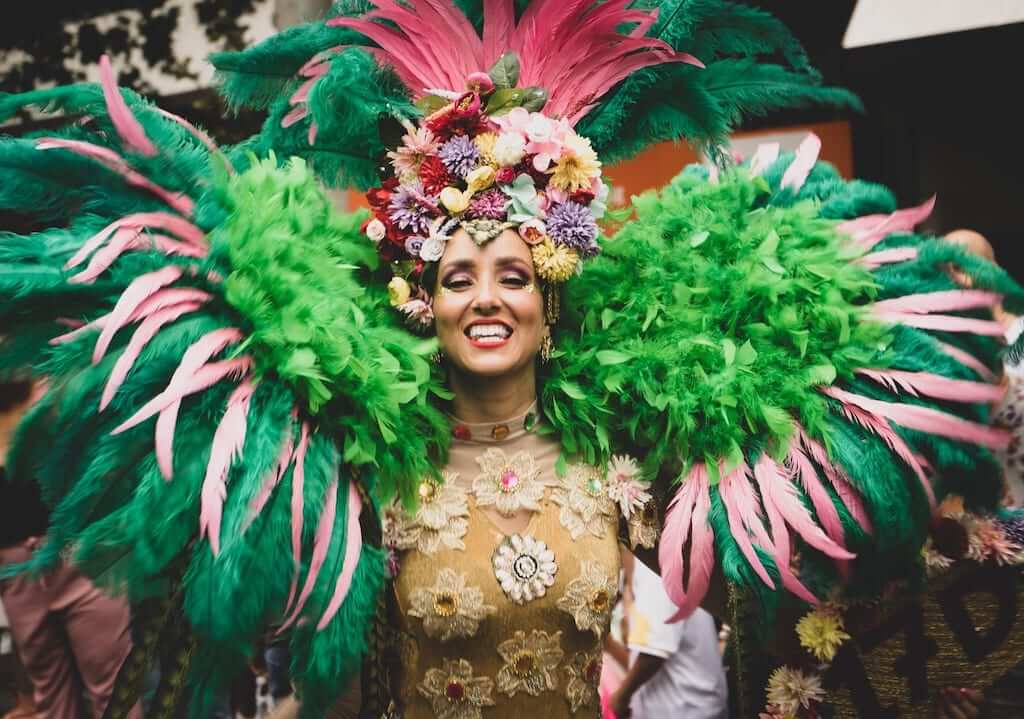 |
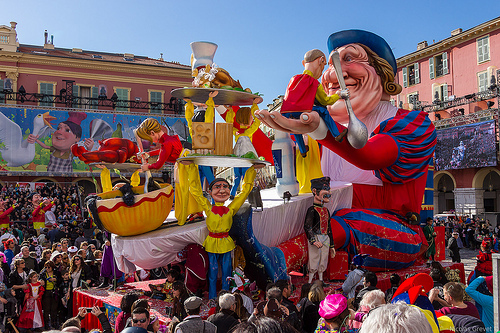 | 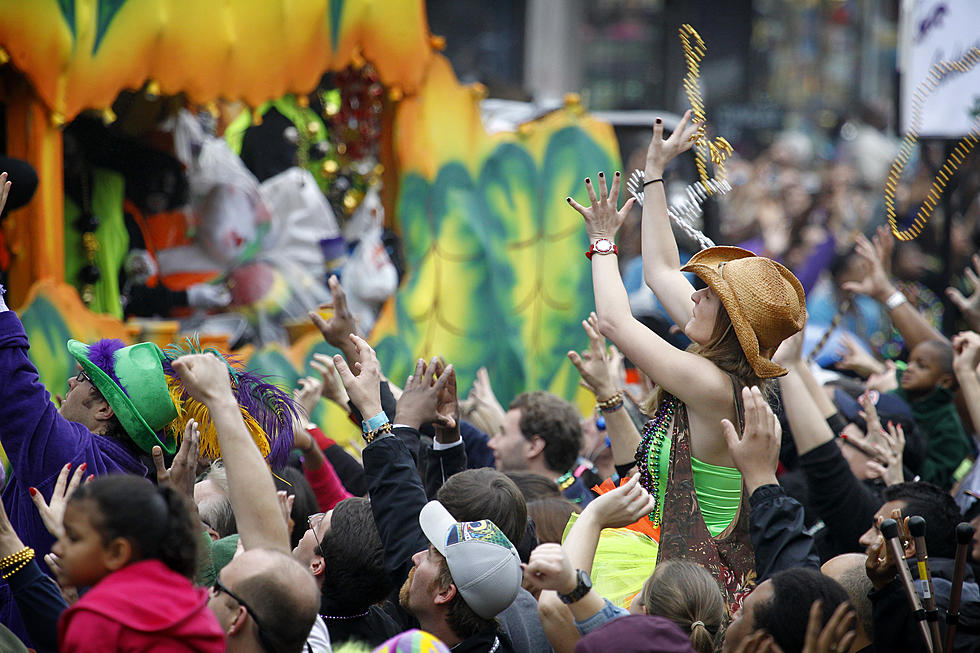 |
 |  |
 |  |
 | 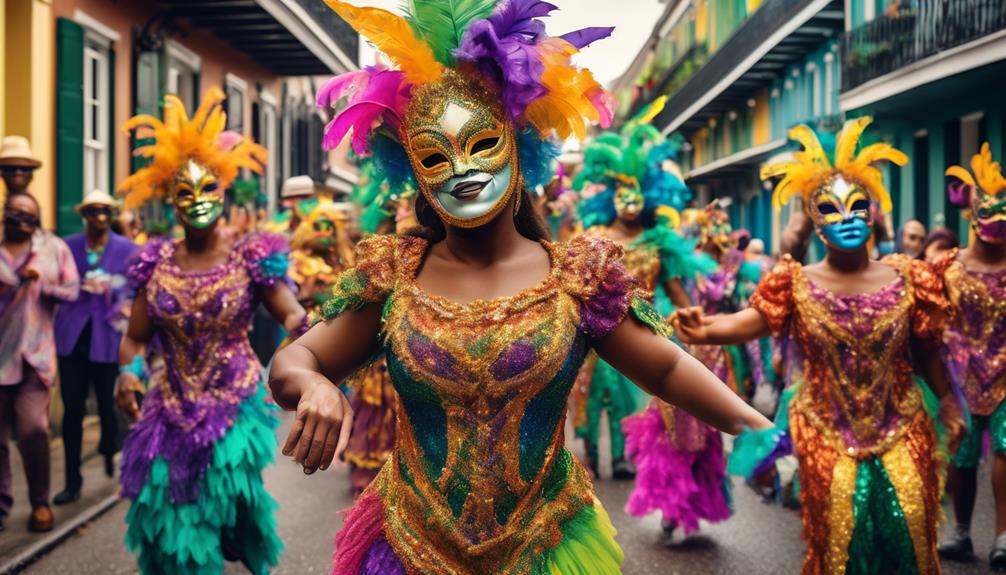 |
“Mardi gras sous la pluie, l’hiver s’enfuit.” (Mardi Gras is in the rain; winter is running away.) “Quand Mardi gras est là alors enlevez vos balances et faites vos crêpes.” (When Mardi Gras is here, take out your scales and make your pancakes.) “Si le soleil luit tôt le matin, semailles de Mardi gras vont bien.” Mardi Gras is a Christian holiday and popular cultural phenomenon that dates back thousands of years to pagan spring and fertility rites. It's most famously celebrated with parades in New Orleans In medieval France, Mardi Gras became a significant part of the Carnival season, characterized by masked balls, parades, and feasting. The name “Fat Tuesday” reflects the tradition of eating richly before the 40-day fast of Lent – in French, le Carême. This year, Mardi Gras falls on March 4th 2025. Mardi Gras comes to a close on Tuesday night, and soon, those who celebrate will exclaim “Laissez les bons temps rouler,” or “Let the good times roll” for the last time this Carnival season. Why Was the First Mardi Gras Celebrated? You've probably heard theories about the first Mardi Gras celebration, but the truth lies in its roots. It was celebrated in 1703 at Fort Louis de la Mobile, marking a blend of cultures. French explorers brought the tradition from Europe, incorporating pagan spring festivals and Christian practices. While Mardi Gras is celebrated in various forms around the world, it is most famously associated with New Orleans, Louisiana. Over the centuries, Mardi Gras in New Orleans has evolved into a grand and extravagant celebration, deeply rooted in the city’s unique blend of French, African, Spanish, and Caribbean cultures. This is how the name Mardi Gras in French came to be. However, it was first and foremost a pagan celebration that goes back to Ancient Rome - even before the spread of Christianity - and celebrates fertility and spring. It is important to know that Mardi Gras never falls on the same date. It always falls on a Tuesday in February, but some Mardi Gras is a festive day celebrated in France on Shrove Tuesday (the Tuesday before Ash Wednesday), which marks the close of the pre-Lenten season. The French name Mardi Gras means Fat Tuesday, from the custom of using all the fats in the home before Lent. Why is Mardi Gras also called Fat Tuesday? Well, it’s simple: in French, "mardi" means Tuesday and "gras” means fat. The name is derived from the religious origins of the festival. Wild celebrations of Mardi Gras come just before the start of Lent. Lent is the Christian observance leading up to the Easter holiday. It is a serious, spiritual time, especially important to “The actual reason behind Mardi Gras, Mardi Gras is a very left-handed Catholic holiday. The Tuesday before Ash Wednesday, Ash Wednesday begins Lent, you take penitence, give up drinking, smoking, whatever you do as a penance. So Mardi Gras was kind of designed to be a last party.” For the folks in Grand Marais, Mardi Gras isn’t just one day. Mardi Gras is not just for humans; New Orleans hosts a "Krewe of Barkus" parade, where dogs don costumes and join the fun. The largest Mardi Gras float ever built was over 330 feet long and carried more than 200 riders. Mardi Gras in Popular Culture. Mardi Gras has made its mark in popular culture, appearing in movies, music, and literature. The cake is eaten from January 6th to Mardi Gras. It is a tradition in many countries. Introduction To Mardi Gras. Mardi Gras means “Fat Tuesday” in French. It is a festive time. People enjoy parades, music, and food. King Cake is a big part of this celebration. A small baby toy is hidden in the cake. Finding the baby means good luck. The name Mardi Gras means “Fat Tuesday” in French, the last day of feasting before Lent. “Carnival is a time of joyous celebration before the spiritual reflection of Lent.” – Historical Carnival Historian. Journey to New Orleans. French explorers brought Mardi Gras to North America in the late 17th century. On March 2, 1699, French-Canadian explorer Jean Baptiste Le Moyne Sieur de Bienville arrived at a plot of ground 60 miles directly south of New Orleans, and named it "Pointe du Mardi Gras" when his men realized it was the eve of the festive holiday. Bienville also established "Fort Louis de la Louisiane" (which is now Mobile) in 1702. What does Mardi Gras mean? Translated to English, "Mardi Gras" means "Fat Tuesday." Mardi is the French word for Tuesday, and gras means "fat." This name comes from the custom of eating all the fatty, rich foods in the house prior to Lent in order to prepare for fasting and abstinence. So, Fat Tuesday before Ash Wednesday. Mardi Gras, with its vibrant hues, jazzy rhythms, and rich history, is a cultural spectacle that invites both merriment and learning. Originally tied to Lent’s approach, this event is steeped in deep traditions and holds symbolic significance that extends far beyond parades and festivities. Through Mardi Gras activities, students can explore history, art, science, and Uncover the significance of the Fleur-de-Lis in Mardi Gras celebrations. Explore its historical roots and vibrant role in your décor design. 1/18/2025 14 min read On the day of Mardi Gras (or, if Mardi Gras occurs during February break, the Friday before), students bring in typical Mardi Gras dishes: Kings Cake, beignets, cream puffs, gumbo, jambalaya, and more. As I normally do on days when we have food, a parent volunteer comes into each class to help serve the food. Mardi Gras happens every year. It's the day before Ash Wednesday. Ash Wednesday starts Lent for Christians. Lent is when people give things up. Mardi Gras is a big party before that. 'Mardi Gras' is French, and it means 'Fat Tuesday. Individuals tend to consume rich foods during the festival. This is because they will fast throughout Lent.
Articles and news, personal stories, interviews with experts.
Photos from events, contest for the best costume, videos from master classes.
 |  |
 |  |
 |  |
 |  |
 |  |
 |  |